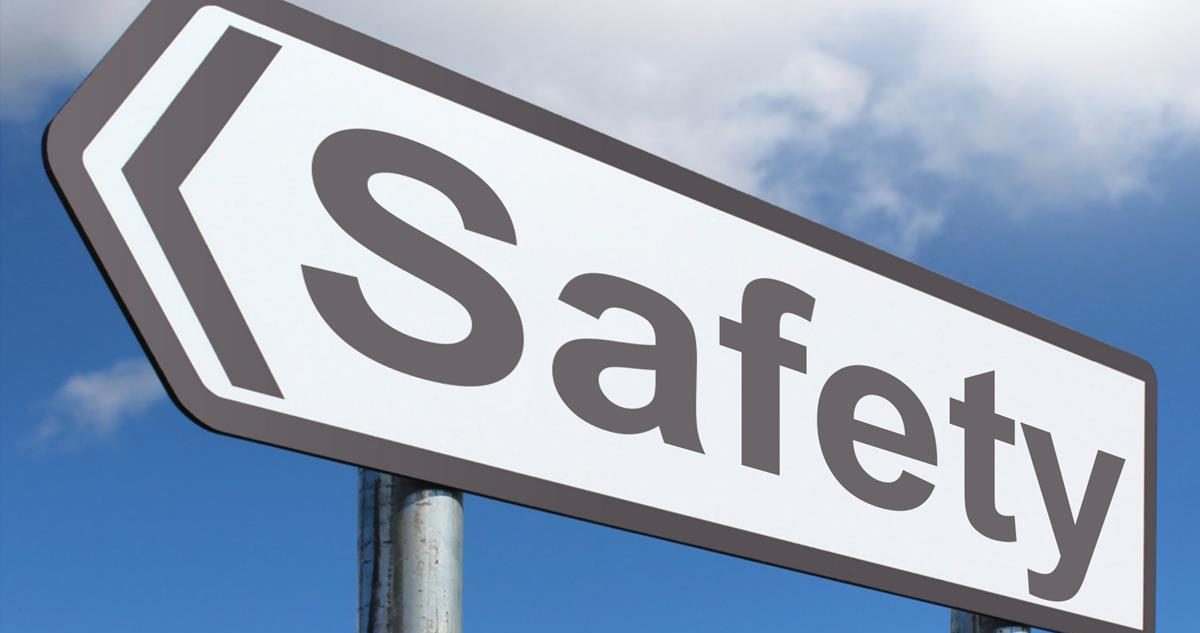
The principal techniques used by CLEARSY consultants to conduct safety analyses are: safety analysis & safety demonstration and analysis.
CLEARSY supports you in your activities
CLEARSY operates in the following fields
- Ground transport industry (rail, automotive)
- Information systems
- Industrial automatons
STANDARDS & SAFETY INTEGRITY LEVELS
Operational safety is defined as the absence of unacceptable risks, injury or harm to the health of humans, whether direct or indirect, resulting from damage to equipment or the environment.
IEC 61508 STANDARD & SAFETY INTEGRITY LEVELS
Operational safety is defined as the absence of unacceptable risks, injury or harm to the health of humans, whether direct or indirect, resulting from damage to equipment or the environment. A risk analysis allows for the determination of how operational safety will allow for a guarantee of adequate protection against any risk that may arise. These dangers are therefore treated appropriately during the design phase so that the final system is fault-free.
Safety functions result from electrical, electronic or programmable electronic systems, which are usually complex and make it very difficult to determine breakdowns. The objective is therefore to design a system in such a way as to prevent as many breakdowns as possible and control them when they do occur.
Breakdowns may occur for a number of different factors:
- Software errors,
- Human error,
- Environmental intelligence,
- Random breakdown of equipment mechanisms
- Etc…
Operational safety therefore depends on the proper operations of a global system or equipment in response to system or equipment entries.
For this reason, standard IEC 61508 was created.
THE IEC 61508 STANDARD
Titled Functional Safety of Electrical/Electronic/Programmable Electronic Safety-related Systems, it includes the necessary and sufficient requirements to minimize these breakdowns. All the phases of the equipment and software lifecycle (from the conceptualization through to the design, installation, operations, maintenance and final disposal) are involved.
- IEC 61508 was approved by CENELEC as a European Standard (ES)
- Standard IEC 61508 presents a generic approach to all activities related to the lifecycle (from the creation to the disposal of the system) of the electrical-electronic-programmable electronic (E/E/PE) elements that are used to realize safety features.
50126, 50129, 50128 : STANDARDS DERIVED FROM THE IEC 61508
Standards derived from the IEC 61508 include, for example, standards for industrial processes (IEC 61511), the nuclear sector (IEC61513), machine safety (IEC 62061 and ISO 13849) or railway industry (EN 50126/EN 50128 /EN 50129).
In this area, the EN 5012x standards are based on system life cycle and were written to fit the requirements of IEC 61508 generic standard constraints in this sector. Compliance with the requirements of the EN 5012x standards is sufficient to ensure compliance with the IEC61508 standard without necessitating any further evaluation.
SIL or Security Integrity Level
The SIL or Security Integrity Level is a level of safety integrity. The SIL notion results directly from the IEC 61508 standard. The SIL may be defined as a measurement of operational safety that determines recommendations related to the integrity of the safety features to be assigned to E/E/PE systems.
- There are four SIL levels: SIL4 being the highest level of system security, SIL1 the lowest.
- This involves an average probability of failure on demand, PFDavg, for a period of 10 years.
Thanks to significant expertise in formal calculation, operational safety and the use of the B method (broadly used in industry to create proven safety software), CLEARSY System Engineering is qualified to conduct projects that require a SIL certification (SIL2, SIL3 or SIL4) pursuant to IEC 61508 standard.
Link to this thematic
- • System analysis and renovation services
- • Formal analysis and validation of software
- • fail-safe remote i/o (SATURN) SIL2-SIL4
- • Custom made safety critical systems development
- • Safety critical systems & software
- • System to control platform screen doors (COPPILOT) SIL3-SIL4
- • System to control platform screen doors (DOF) SIL3-SIL4
- • Train passage detection system (DNH)
- • System to detect a person in a gap SIL3 (DIL)
- • Formal data validation
- • Safety services
- • Signal Crossing Prevention System (Automatic Train Stop, ATS): KFS SIL2 system
- • Formal system validation
Linked to this thematic
Linked to this thematic
Linked to this thematic
- • Artificial Intelligence and safety
- • Safety is not an option: it is a requirement
- • Let’s go for the CLEARSY’s lessons 2025-2026 in french universities
- • CLEARSY assists SNCF Réseau with safety analyses for the LGV+ Paris-Lyon
- • New Lille driverless metro in service
- • CLEARSY is partnering with UIC to define safety demonstration methods for innova...
- • new exclusive framework contract with EDF until 2029
- • Self-evacuation and smoke extraction devices for the Marseille L2 ring road (lin...
- • CLEARSY selected again as key supplier by Siemens
- • The Preliminary Hazard Analysis
- • Risk control and dependability
- • The Electrical/Electronic System Reliability
- • CLEARSY’s colleagues are recognised as Certifer evaluators
- • Does the SIL systems exist?
- • The formal methods in the Operational Safety process
- • The IEC Standard and its derivatives
- • Lambda Mu16 – The New Challenges of Risk Control
- • Lambda Mu 15 Conference
- • The Preliminary Hazard Analysis
- • Risk control and dependability
- • The Electrical/Electronic System Reliability
- • Does the SIL systems exist?
- • The formal methods in the Operational Safety process
- • The IEC Standard and its derivatives